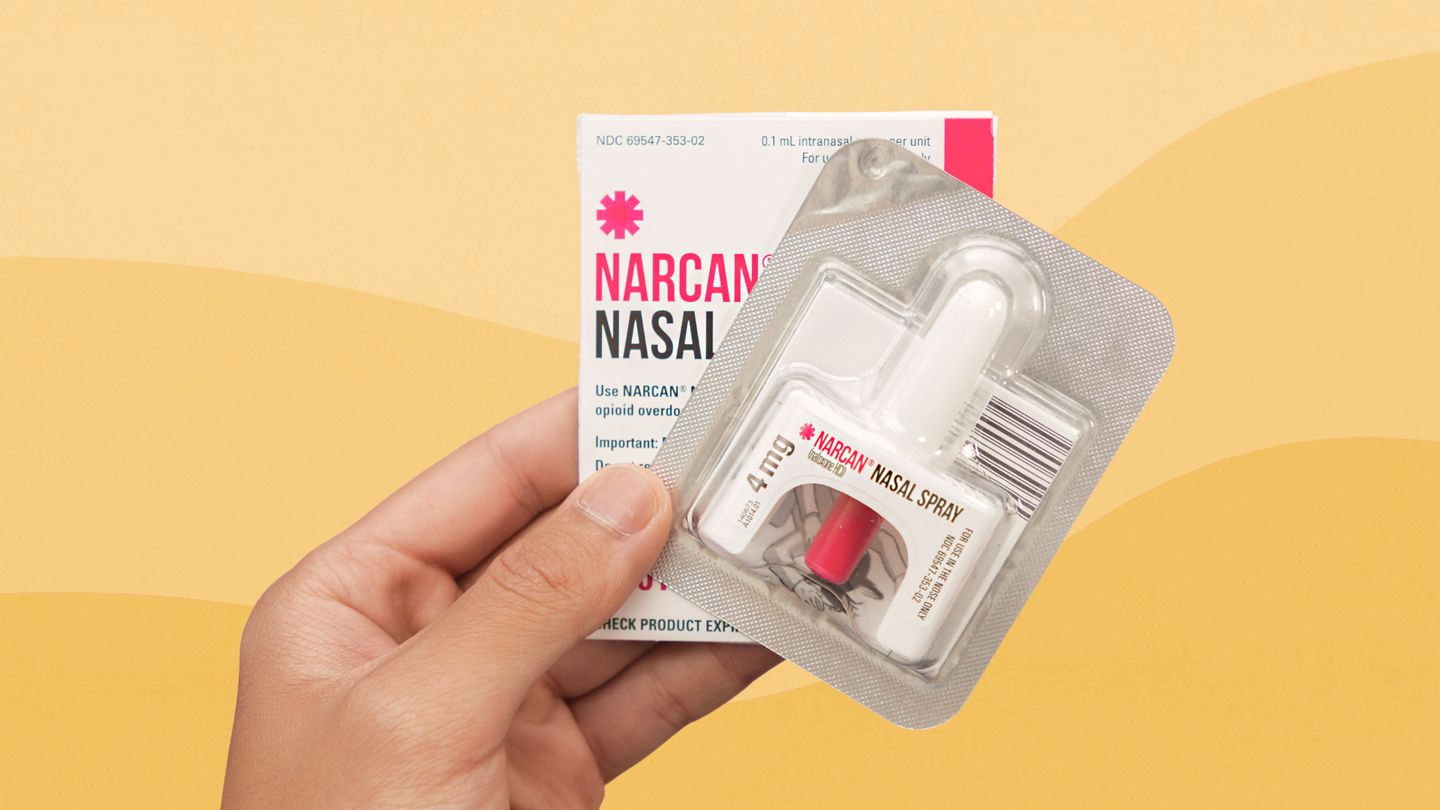
Overdose and Recovery
I’m writing this on August 31st, National Overdose Awareness Day. Its purpose is to help prevent drug overdoses by raising awareness, reducing stigma, and acknowledging the grief that comes with death. The opioid epidemic is one of the world’s public health crises.
Covid worsened this crisis. Why? According to CDC data, over 87,000 Americans died of drug overdoses during the 12-month period between September 2020-1, exceeding the death toll of any year since the opioid epidemic began in the 1990s. Amid the lockdowns, unemployment, isolation and uncertainty, overdose numbers saw a sharp rise in spring of 2020—a tragic turnaround from the first drop seen in decades during 2018. Making matters worse, many treatment centers closed or curtailed their services, in addition to reduction in neighborhood support centers providing clean syringes and naloxone, which can reverse overdoses.
Fentanyl greatly contributed to the deaths. It is now added to other drugs, particularly stimulants like cocaine and methamphetamine, but also in depressants like opioid and benzo pills. Overdose deaths, overwhelming caused by fentanyl—whether taken knowingly or not—became the number one cause of death in the U.S. among 18 to 45-year-olds.
Rural areas, such as ours, are hard hit by the combination of opioids and methamphetamines. Methamphetamine remains a common drug and is driving overdoses in rural communities. According to new research from Oregon Health & Science University, about 4 in 5 people who use drugs in rural areas across 10 states said they have used methamphetamines within the past 30 days. Survey results revealed that the risk of nonfatal overdose was greatest among those using both methamphetamine and opioids. People may think they’re only using methamphetamine, when they may be unknowingly taking fentanyl, which is 50 to 100 times more potent than heroin.
Naloxone, aka Narcan, can reverse fentanyl overdose, but is rarely given to people using methamphetamine or other non-opioid substances. Naloxone distribution should be distributed widely. However, as in most things with high market value, the cost of this life saving medication has sharply risen for uninsured individuals. According to the JAMA Health Forum, “from 2014 to 2018, the out-of-pocket cost for naloxone increased more than 500% per prescription for those without insurance. About 20% of US adults with an opioid use disorder are uninsured, and uninsured Americans account for nearly one-third of opioid overdose deaths.”
September is Recovery Month. Recovery Month is done to raise awareness and understanding of mental and substance use disorders and to celebrate individuals who are on a path of recovery. It is time that we celebrate the achievement of people who recover from drug addiction.
It is no small feat to achieve long term drug abstinence. People who have chronically abused substances must overcome physical and/or psychological dependence. They must avoid people, places and things associated with drugs. They must learn stress coping skills. They must develop new interests, friendships, and hobbies. It is an enormous task. They deserve praise.
I asked four people if they are proud of their recovery. Their responses follow.
“I’m a person in long term recovery. I’ve been living in recovery a little over four years from pain killers, marijuana, alcohol, cocaine, ecstasy, acid, and mushrooms. For me, that means I am free. Free to be the person I want to be. It means that I finally found life. I didn’t live until recovery started. Also, it means I can truly be happy. Before recovery I didn’t know what happiness really was. My recovery has allowed me to find who I really am inside. It’s allowed me to be a mother, daughter, and a friend – things I couldn’t be while in active addiction. It’s allowed me to accept even the hard things in life without using. Dreams really do come true. I’m proud of my recovery.”
“I’m a person in long term recovery. For me that means I have been clean from pain killers for two whole years. My recovery has allowed me to spend more time with family and go places with my kids. I have the energy to keep up with them. I’m proud of my recovery.”
“I’m a person in long term recovery. I have been clean from heroin for a year and a half. For me that means I am proud of myself and am able to look in the mirror and not want death to take me. My recovery has allowed me to get my life back. Due to addiction, I had lost my love relationship, my daughter, my home, my car, my job, my pride. Now that I am in recovery, I am able to get up and go to work every day and manage my life. But it also means that I would like the world to accept me, and others like me. I’m proud of my recovery.”
“I am a person in long term recovery. For me that means I can be a good father, hold my head up and be proud that I can live in society as a normal person. It has allowed me to work every day and keep a job. My recovery has allowed me to become trustworthy, dependable, and less angry. I’m not just an addict. I am a person who has feelings. I care about people. I am proud of my recovery from pain pills, Xanax, valium, cocaine, pot, alcohol, alcohol, acid, and ecstasy. I have been drug free for twelve years.”
Overdose deaths are caused by a multitude of personal and societal conditions. The people who die are worthy of our tears. If you are grieving someone who died of a drug overdose, my wish is that you do so without embarrassment, shame, or guilt.
